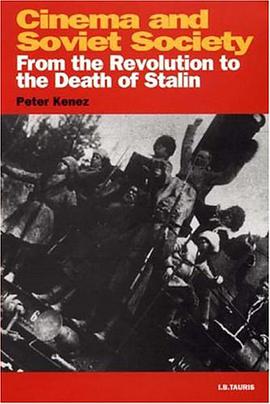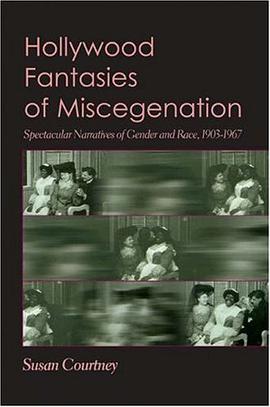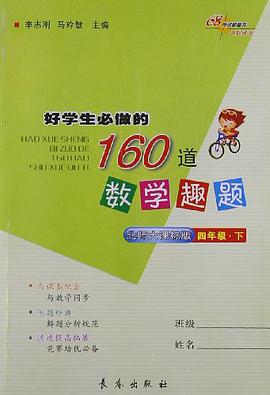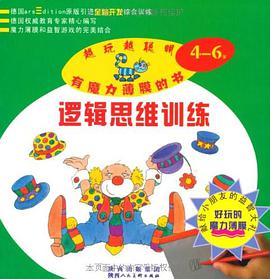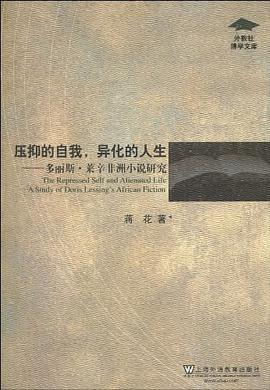
具体描述
《压抑的自我,异化的人生:多丽斯·莱辛非洲小说研究》在后殖民主义、女性主义、心理学、叙事学等理论火照下,紧扣“个人和集体关系”的主题,全而系统地分析了2007年文学诺尔奖获得者英国小说家多丽斯,莱辛关于非洲的六部小说和一一部短篇小说集,主要揭示了辛笔下的英属非洲殖民地土的人生异化问题:在这个世界里,一方面人们习惯于按照种族、民族、性别、政治信仰、年龄等划分人群和各种事物,自觉或不自觉地屈从十各种内化了的集体身份;另一方面人们却又渴望体现主体性的自我。人们备受外部世界和内部世界不可调和的冲突的煎熬,感到与他人、社会疏离,最终人性扭曲,过着双重人格的生活。
作者简介
目录信息
Introduction Doris Lessing and Her African Fiction
0.1 Reaching Leessing
0.2 The Relationship between the Individual and the Collective
0.3 Understanding Lessing's African Fiction
0.4 Pursuit in Lessing's Africa
0.5 Literary Reviews on Lessing's African Fiction
0.6 The Theme and Brief Introduction to the Organization
Chapter 1 The(s)Seff and the(o)Other
1.1 The Theme and the Theoretical Framework
1.2 Selfhood
1.3 The self
1.4 Historical Demarcation of the Self and the Other
1.5 Difference and the Other
1.6 Lacan's Concept of the Other and the other
1.7 The Other in Light of Postcolonialism
1.8 Woman and the Other
Chapter 2 The Natives and the Land as the Other, the Whites as the Bewildered Keepers of the White Mythology
2.1 The Self and the Other in Colonial Africa
2.2 Demonizing the Other, Destroying the self
2.2.1 Moses' Look, Mary's Uneasiness
2.2.2 Crippled Life of Stereotyped White Women
2.3 Increasing Haunting Fear and Homelessness of the Average White People
2.4 White Liberals' Fragmentation
2.5 Nature and “Ecological Imperialism”.
2.6 The Revenge of the Bush
2.6.1 House, Settler Women and the Bush
2.6.2 Menacing the House, Imprisoning Settler Women
2. 7 The Resistance of the Land
2.7.1 Slatter, an “Automaton” of Colonialism
2.7.2 Disillusioned Romantic Farmers
Chapter 3 Minority Groups as the Other, Irreconcilable Conflicts within the Whites
3.1 Minority Groups within the Whites
3.2 Piled-up Grievances between the British and the Afrikaners
3.2.1 Frail Friendship between .tbe Quests and the Van Rensbergs
3.2.2 White Skin, Native Life
3.3 Matha and Jews, Victims of Anti-Semitism
3.3.1 Corrupted Friendship with the Cohen Boys
3.3.2 Distorted Love Affair with Adolph
3.3.3 Martha and Thomas, the Permanent Exile
3.4 The Bitter Alienation of “the Sports Club Crowd”.
3.4.1 Receiving Typical English Education and Growing up in Africa
3.4.2 Reducing Themselves to the Other in Ethics and Marriage
3.5 The Inevitable Frustration of the Communist Group
Chapter 4 Women, the Hopeless Other in ColonialAfrica
4.1 Lessing and Feminism
4.2 Pcor, Lonely and Depresseds on Remote Farms
4.3 Exiled Eves on the Veld: “Normal” Daily Life, Abnormal Emotional Life
4.4 The Other among Housewives on Farm
4.5 Martha, a Townswoman with Distorted Subjectivity
4.5.1 Adolescent Rebellion
4.5.2 Inevitable Alienation Resulting from Romantic Love and Marriage
4.6 Mrs. Van, a Townswoman Leading a Double Life
4.7 No Enunciation Position for Native Women
4.7.1 In the Eyes of White Female Settlers
4.7.2 In the Eyes of White Men
4.7.3 In the Eyes of Native Men
Chapter 5 Narrative Methods
5.1 The Theme and Narrative Methods
5.2 Omniscient Third Person Narration
5.3 Epigraph
5.4 From the Point of View of a Child or an Adolescent
5.5 Dialectical Method
5.5.1 Dialectical Method and the Theme
5.5.2 Marston's Dialectical Roles
5.5.3 Dialectical Method and the White and the Native Relationship
Conclusion
Works Cited
· · · · · · (收起)
0.1 Reaching Leessing
0.2 The Relationship between the Individual and the Collective
0.3 Understanding Lessing's African Fiction
0.4 Pursuit in Lessing's Africa
0.5 Literary Reviews on Lessing's African Fiction
0.6 The Theme and Brief Introduction to the Organization
Chapter 1 The(s)Seff and the(o)Other
1.1 The Theme and the Theoretical Framework
1.2 Selfhood
1.3 The self
1.4 Historical Demarcation of the Self and the Other
1.5 Difference and the Other
1.6 Lacan's Concept of the Other and the other
1.7 The Other in Light of Postcolonialism
1.8 Woman and the Other
Chapter 2 The Natives and the Land as the Other, the Whites as the Bewildered Keepers of the White Mythology
2.1 The Self and the Other in Colonial Africa
2.2 Demonizing the Other, Destroying the self
2.2.1 Moses' Look, Mary's Uneasiness
2.2.2 Crippled Life of Stereotyped White Women
2.3 Increasing Haunting Fear and Homelessness of the Average White People
2.4 White Liberals' Fragmentation
2.5 Nature and “Ecological Imperialism”.
2.6 The Revenge of the Bush
2.6.1 House, Settler Women and the Bush
2.6.2 Menacing the House, Imprisoning Settler Women
2. 7 The Resistance of the Land
2.7.1 Slatter, an “Automaton” of Colonialism
2.7.2 Disillusioned Romantic Farmers
Chapter 3 Minority Groups as the Other, Irreconcilable Conflicts within the Whites
3.1 Minority Groups within the Whites
3.2 Piled-up Grievances between the British and the Afrikaners
3.2.1 Frail Friendship between .tbe Quests and the Van Rensbergs
3.2.2 White Skin, Native Life
3.3 Matha and Jews, Victims of Anti-Semitism
3.3.1 Corrupted Friendship with the Cohen Boys
3.3.2 Distorted Love Affair with Adolph
3.3.3 Martha and Thomas, the Permanent Exile
3.4 The Bitter Alienation of “the Sports Club Crowd”.
3.4.1 Receiving Typical English Education and Growing up in Africa
3.4.2 Reducing Themselves to the Other in Ethics and Marriage
3.5 The Inevitable Frustration of the Communist Group
Chapter 4 Women, the Hopeless Other in ColonialAfrica
4.1 Lessing and Feminism
4.2 Pcor, Lonely and Depresseds on Remote Farms
4.3 Exiled Eves on the Veld: “Normal” Daily Life, Abnormal Emotional Life
4.4 The Other among Housewives on Farm
4.5 Martha, a Townswoman with Distorted Subjectivity
4.5.1 Adolescent Rebellion
4.5.2 Inevitable Alienation Resulting from Romantic Love and Marriage
4.6 Mrs. Van, a Townswoman Leading a Double Life
4.7 No Enunciation Position for Native Women
4.7.1 In the Eyes of White Female Settlers
4.7.2 In the Eyes of White Men
4.7.3 In the Eyes of Native Men
Chapter 5 Narrative Methods
5.1 The Theme and Narrative Methods
5.2 Omniscient Third Person Narration
5.3 Epigraph
5.4 From the Point of View of a Child or an Adolescent
5.5 Dialectical Method
5.5.1 Dialectical Method and the Theme
5.5.2 Marston's Dialectical Roles
5.5.3 Dialectical Method and the White and the Native Relationship
Conclusion
Works Cited
· · · · · · (收起)
读后感
评分
评分
评分
评分
评分
用户评价
评分
评分
评分
评分
评分
相关图书
本站所有内容均为互联网搜索引擎提供的公开搜索信息,本站不存储任何数据与内容,任何内容与数据均与本站无关,如有需要请联系相关搜索引擎包括但不限于百度,google,bing,sogou 等
© 2026 qciss.net All Rights Reserved. 小哈图书下载中心 版权所有


